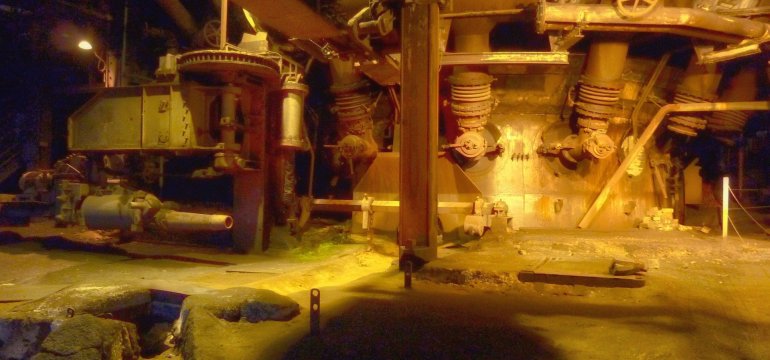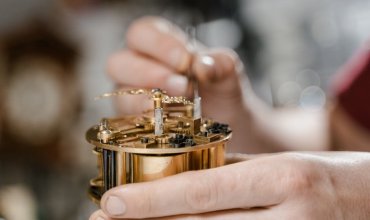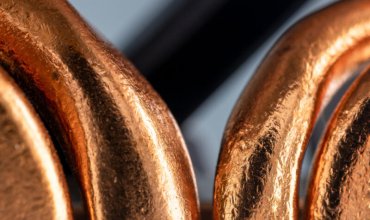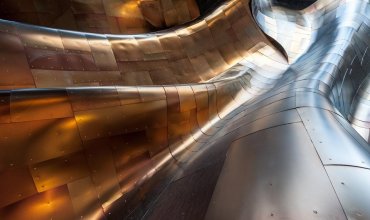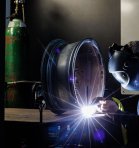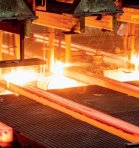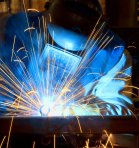Copper - one of the most important metals in human history, with a wide range of applications in various industries, from electronics to construction. But how is copper mined in practice? The process is complicated and requires advanced technology and considerable resources. In this article, we will try to present the methods of copper mining, with a special focus on the situation in Poland. We will find out what the stages of the process are, how natural resources are managed and what technologies are used. Read on to explore the secrets of copper mining and understand how this metal reaches our daily products.
History of copper mining in Poland
The beginnings of copper mining in Poland
The history of copper mining in Poland is long and fascinating. The first traces of the exploitation of copper deposits in our lands date back to the Bronze Age, when copper was mainly mined on the surface. Polish miners honed their skills for centuries, adapting the latest technological discoveries to local geological conditions. A significant increase in interest in copper in Poland occurred in the 20th century, when rich deposits were discovered in the Legnica, Glogow and Polkowice areas.
Copper industry in the 20th century
In the 20th century, Poland became one of the world's key copper producers, mainly thanks to the development of the industry in the 1960s and 1970s. Of great importance were the plants of KGHM Polska Miedz, a company that is still a leading player in the international copper market today. This period also saw the introduction of new technologies that increased the efficiency of copper ore mining and processing.
Copper mining methods
Surface mining vs. underground mining
How is copper mined? There are two main mining methods: surface (open-pit mines) and underground. Both methods have their advantages and disadvantages, depending on the specifics of the deposit and location.
Open-pitmines - this method is cost-effective, but is labor-intensive and can be harmful to the environment. It involves removing layers of earth to reach the copper deposit, leading to huge pits.
Underground mining - more environmentally friendly, but more costly and technologically demanding. It involves digging tunnels and shafts to reach copper ore located deep underground.
Technological processes in copper mining
Copper mining is not just digging tunnels or pits. It's a complex process that also involves transporting and processing the ore. From the extraction of the ore, to its transportation, to processing and refining, each of these phases requires specialized knowledge and advanced technology.
Natural resource management
Responsible extraction of raw materials
Modern copper mining is also about responsibility for natural resources. Sustainable resource management is key to minimizing negative environmental impacts. Companies such as KGHM Polska Miedź are implementing advanced monitoring systems and technologies to effectively manage waste. Examples include the use of water recycling systems in the mining process and managing landfills in a way that levels the impact on the environment.
The future of copper mining in Poland
The future of copper mining in Poland looks promising. There is increasing talk of using innovative technologies to maximize efficiency and minimize environmental impact. R&D projects in the industry are focused, among other things, on developing biotechnological methods that could significantly change the way metals are extracted.
Future technologies in copper mining
Biotechnology in mining
Biotechnology in copper mining is an area that is gaining increasing recognition. Methods such as biomining or biolixiviation allow metals to be extracted from ores using microorganisms. These techniques have great potential because they are more environmentally friendly compared to traditional chemical methods.
Biomining - involves the use of bacteria capable of oxidizing copper minerals. These microorganisms convert insoluble minerals into soluble compounds that can be easily extracted.
Biolixivation - this method is particularly useful for low-grade ores. It involves the use of microorganisms capable of secreting organic acids that dissolve metals such as copper.
Automation and digitization
Another development is the automation and digitization of mining processes. Technologies such as the Internet of Things (IoT), artificial intelligence (AI) and image recognition systems can significantly improve the efficiency and safety of mining operations.
An example is the use of drones to monitor the condition of mines, allowing potential problems to be quickly identified and immediately resolved.
The use of AI systems to analyze large amounts of geological data can also improve the accuracy of assessing copper resources and predicting deposit behavior.
Challenges and prospects for the copper industry in Poland
Importance of ecology and sustainable development
The copper industry in Poland faces a number of environmental challenges. New legal regulations and growing social expectations require mining companies to align their operations with high environmental standards. Effective management of CO2 emissions, waste management and recycling are just some of the aspects that today's companies are paying attention to.
Human resources and innovation
Another major challenge is to provide qualified human resources and invest in innovation. The mining industry needs specialists in various fields, from geology to engineering to natural resource management. Educating and training personnel and promoting innovation are key to remaining competitive in the global market.
Summary
In conclusion, copper mining is a complex and multifaceted process that requires advanced technologies, responsible resource management and appropriate environmental policies. Poland, as one of the major powers in the industry, is constantly introducing innovations and technologies aimed at maximizing efficiency and minimizing environmental impact. As a result, the future of copper mining in our country looks promising, and future generations will be able to enjoy the resources of this precious metal.


